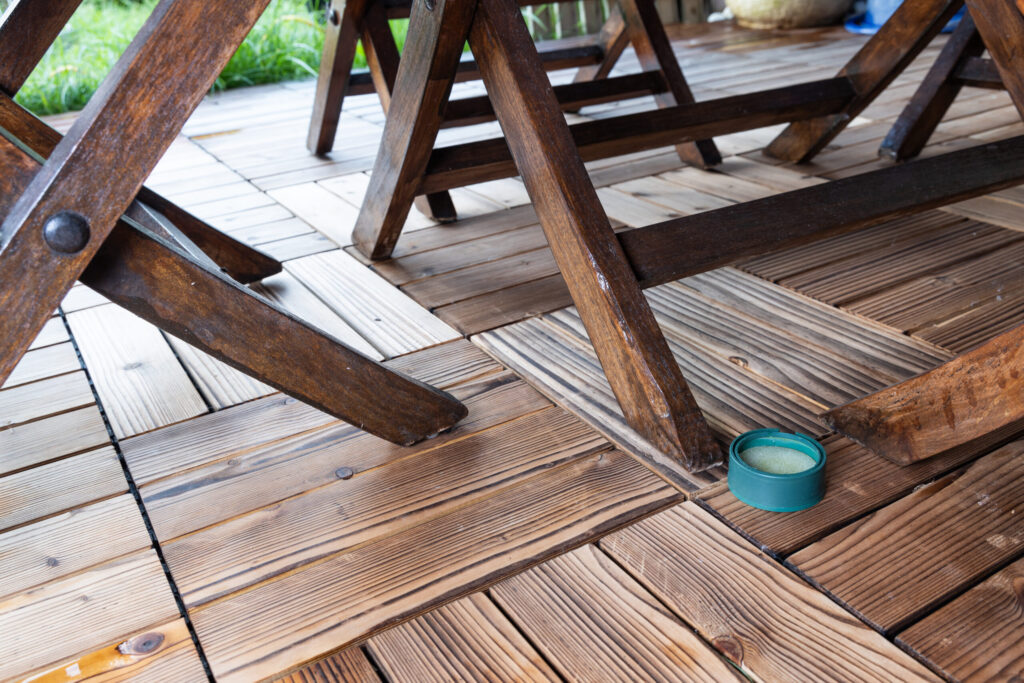Sports injuries are very common and affect different areas of our bodies, from our muscles to our bones, ligaments, to tendons. As a sports enthusiast, it’s very normal to have the urge to bounce back into a fitness plan after sustaining a sports injury, forgetting about how relevant the healing process is.
However, before returning to your preferred sport, we advise seeking help from a medical professional who’ll create a strategy that’s geared towards your recovery. We take a deeper look into some recovery tips that’ll help you get into your old gym routine without causing excessive harm to your body.
Visit a specialist.

We get that you miss the gym. We know how hard it must be to undertake your daily activities without exercising. We understand that your trainer misses you and can’t wait for you to be back in your group exercise classes. However, you need to be patient with yourself and visit a specialist first.
For example, if you’ve had a dental injury in the gym, a dentist can help determine the best way forward when concerning recovery. Dental injuries are common with boxing sports and often require immediate attention from a surgeon. Visiting a local dental surgery in Norton Shores, MI, if you live in the city, for example, will ensure the injured area heals quicker. And as hard as it may seem, you should avoid using any injured body part until a specialist examines you, as this might turn a somewhat mild injury into a severe case.
Try the RICE method.
When an injury occurs from most kinds of sports, the first symptoms often include tenderness of the injured area, swelling, and inflammation, which causes pain. Many common gym injuries can be treated with the RICE method, which stands for Rest, Ice, Compression, and Elevation. It was created primarily to help treat acute soft tissue injury while controlling the initial inflammation caused by impact to quicken the overall healing process.
When using the RICE method, you first have to rest the injured area. It doesn’t matter if it’s chronic pain in your shoulder or a stress fracture; the first thing you must do in the event of an injury is to rest. Next, apply an ice pack to the area every two to three hours, for 15-20 minutes each time. The purpose of the ice is to reduce swelling. However, to ensure effectiveness, ice must be applied within the first 48 hours of the injury. Also, be sure to use a frozen pack, whether it’s a bag of ice or a frozen bag of peas.
Next is the compression stage which decreases the chances of internal bleeding. You can wrap the injured area with an elastic medical bandage (this shouldn’t be too tight that the area turns cold, blue, or numb). Lastly, keep your injured body part elevated as much as possible to reduce your pain. Elevating the injured area ensures that gravity helps to further reduce any swelling, which is critical to healing fast. You can do this with help from a pillow, however, avoid placing extra weight on the affected area for the first two days.
Always eat healthily.

It’s no secret that the key to a healthy life is a healthy diet. To heal faster, you’ll need to feed yourself nutritious meals. Physical activity tends to deplete your energy stores, and so do injuries. You need to refuel your system to repair your injured tissues and get even stronger than before in anticipation of your next challenging workout.
Recovering from any sports injury depends largely on you and your ability to listen fully to your body. Taking breaks is essential whenever your body feels tired, sore, or in pain, and with injuries, it is a vital factor that contributes to a quick healing process.











